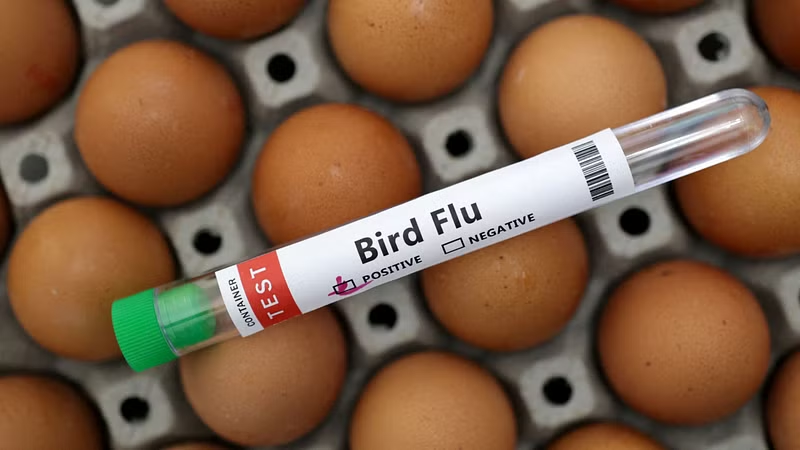Human milk-derived extracellular vesicles (HMEVs) are essential components in breast milk that play a significant role in infant health and development. Maternal health could impact the HMEV load; however, the effects of infection with the severe acute respiratory syndrome coronavirus 2 (SARS-CoV-2) infection remain unclear.
A recent study published on the bioRxiv* preprint server analyzes the impact of SARS-CoV-2 infection during pregnancy on postpartum HMEV molecules.


Background
Human milk provides important nutrients that support infant growth and protect the vulnerable infant against various diseases, including respiratory infections. Bioactive components, including cytokines, adipokines, hormones, lipids, immunoglobulins, growth factors, cells, and extracellular vesicles (EVs) are present in human milk and deliver positive health outcomes to children.
HMEVs are lipid bilayer-enclosed nanoscale vesicles that carry selective molecular cargo from mammary glands. These vesicles can modulate gene expression and cell signaling in infant tissues, with the infant intestinal mucosa appearing to be the primary target of HMEVs.
Previous research has shown that maternal pathological conditions during pregnancy could affect HMEV cargos and lead to potential functional changes in breastfed infants. The exact mechanisms for this have yet to be elucidated.
The coronavirus disease 2019 (COVID-19) pandemic has presented a significant challenge to public health globally. Exposure to SARS-CoV-2 can affect human milk components; however, limited knowledge is available on the impact of maternal SARS-CoV-2 infection during pregnancy on HMEVs.
About the study
Milk samples were retrieved from the IMPRINT birth cohort, with nine prenatal SARS-CoV-2 and nine controls included. After casein micelle disaggregation and defatting, one milliliter (ml) of milk was subjected to a sequential process of centrifugation, ultrafiltration, and qEV-size exclusion chromatography (SC-UF-qEV).
Subsequently, protein and particle characterizations were conducted according to MISEV2018 guidelines. Proteomics and miRNA sequencing were used to analyze EV lysates.
The EVs that were intact were biotinylated for surfaceomic analysis. To predict HMEV functions correlated with prenatal SARS-CoV-2 infection, multi-Omics were employed.
Key findings
Sufficient EVs were isolated from human milk using SC-UF-qEV. Initially, low-speed centrifugation of milk samples enabled the removal of milk fat.
In the early phase of the SC-UF-qEV method, sodium citrate (calcium chelator) was added to disrupt casein micelles. The International Society for Extracellular Vesicles (ISEV) guidelines were followed to validate the presence of HMEVs.
The concentration and size distribution of the isolated HMEV particles were determined through Nanoparticle Tracking Analysis (NTA). The size of the majority of the particles in the HMEV isolate was less than 200 nanometers (nm), which is consistent with the size of a small EV subpopulation. Transmission electron microscopy (TEM) provided information on the cup-shaped nano-scale morphology of the HMEV particles.
Three common EV markers, including CD9, ALIX, and HSP70, were detected using Western immunoblot, which was enriched in the HMEV isolate but not in human milk (HM), microvesicles (MVs), or defatted HM (dHM). CD9 is a surface tetraspanin, ALIX is a membrane protein associated with EV biogenesis, and HSP70 is a cytosolic protein present in EVs.
Principal Component Analysis (PCA), an application of machine learning, was also used to differentiate between HMEVs from HM, dHM, and MVs. Targeted analysis revealed an abundance of CD9, ALIX, and HSP70, along with xanthine dehydrogenase (XDH), lactadherin, and butyrophilin in HMEVs.
Maternal demographic data and HMEV parameters, such as particle number, RNA content, and protein, were not statistically different between the two study groups. The prenatal COVID-19 group tested positive for SARS-CoV-2 about three months before delivery.
Notably, participants from both groups were not vaccinated against COVID-19 before milk collection. HMEV analysis after two weeks of lactation provided insights into how COVID-19 influences the mammary glands and lactation physiology.
The HMEVs isolated from the COVID-19 group were analyzed using surfaceomics, proteomics, and miR-seq. A total of 1,189 proteins and 232 miRs were detected, identified, and quantified in HMEVs. Interestingly, 91 significantly altered proteins upregulated and 35 downregulated were identified.
Based on multi-omics analysis, mothers with prenatal COVID-19 synthesized HMEVs with enhanced functionalities associated with mucosal tissue development and metabolic reprogramming. These also mitigated inflammation and decreased EV transmigration potential.
These findings indicate that breastfed infants appear to be protected against respiratory and intestinal diseases. In vitro, experiments revealed a broad-ranging antiviral activity of HMEVs.
Conclusions
The authors claim this to be the first study to reveal that prenatal SARS-CoV-2 infection provides protection to infants against viral infections through the enhancement of mucosal site-specific functions of HMEVs.
Nevertheless, these findings require further validation through the use of larger samples. In addition, follow-up across multiple stages of lactation is essential to understand whether changes in HMEV after prenatal COVID-19 are permanent or temporary.

Journal reference:
- Preliminary scientific report.
Chutipongtanate, S., Cetinkaya, H., Zhang, X., et al. (2023) Prenatal SARS-CoV-2 infection alters postpartum human milk-derived extracellular vesicles. bioRxiv. doi:10.1101/2023.06.01.543234










